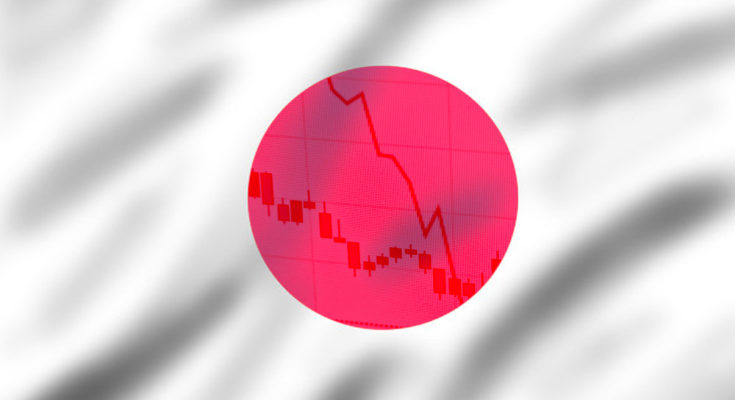BoJ Governor Kuroda Reaffirms Commitment for Ultra-Loose Monetary Policy
Bank of Japan (BoJ) Governor Haruhiko Kuroda has assured investors that monetary policy will remain highly accommodative for the foreseeable future despite recent improvements in the domestic economy. His comments came on the heels of the BoJ’s June policy decision, where officials toed the line on interest rates and bond buying.
“Our economy is on firmer footing, but we are still distant from our 2 percent inflation target,†Kuroda said in a Wednesday speech. “It is appropriate to keep monetary conditions easy with our current market operations framework.â€[1]

The BoJ has held its overnight cash rate at -0.1% since early 2016 in efforts to fight deflation and stimulate growth. Last September, officials shifted course on monetary policy by adopting yield-curve control. At the time, quantitative easing wasn’t doing its job, based on various economic indicators.
Like other central banks, the BoJ targets inflation at 2%.
BoJ decision based on a better performing economy
A recent pick-up in the economy has reassured policymakers that the latest policy initiative was bearing fruit. Japan’s economy has expanded for five straight quarters – the longest streak of uninterrupted growth in over a decade.[2] At the same time, core inflation has emerged from negative territory.
The country’s factories are also producing at a higher rate, with exports leading GDP higher.
In light of these new realities, the BoJ’s rate decision last week had a minimal impact on the financial markets. Kuroda’s recent comments suggest no change in policy is expected anytime soon, even as the central bank raises its outlook on growth.
The official announcement was made on 16 June after the bank’s two-day meeting.
Kuroda’s assurance comes at a time when the U.S. Federal Reserve is normalizing monetary policy at a faster rate. The Fed raised interest rates at the June meeting and is expected to do the same before the end of 2017. The BoJ is unlikely to follow its U.S. counterpart in existing financial stimulus.

